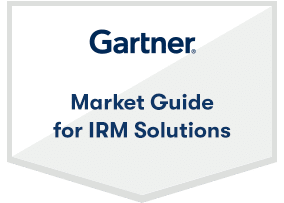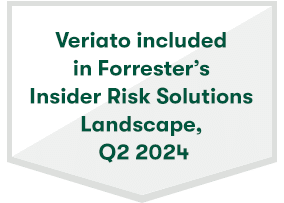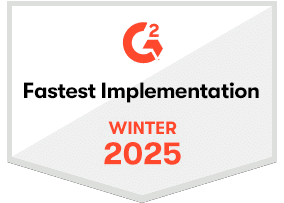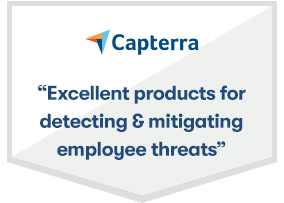Veriato User Activity Monitoring Can Help Your Organization…
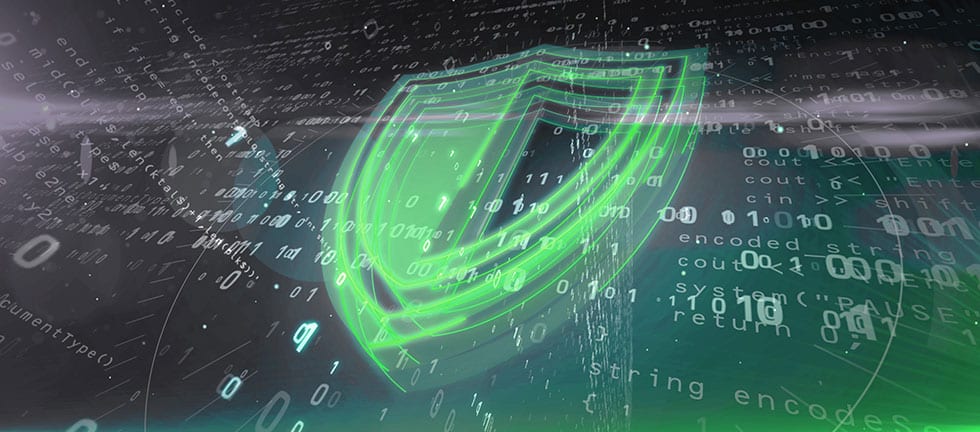
Stay Compliant
Many organizations deal with complex corporate and regulatory compliance requirements and audits, including GDPR, PCI DSS, HIPAA and many others. Failure to adhere to these regulations often carries hundreds of thousands if not millions of dollars in fines. Compliance management solutions make monitoring and, when necessary, proving compliance much easier.

Mitigate Risk of Remote & Hybrid Workforce
While more people are working remotely, data protection regulations continue to evolve and get stricter. Employee monitoring and compliance management software can monitor user behavior in real time, track remote access, identify violations and send immediate alerts wherever people work.
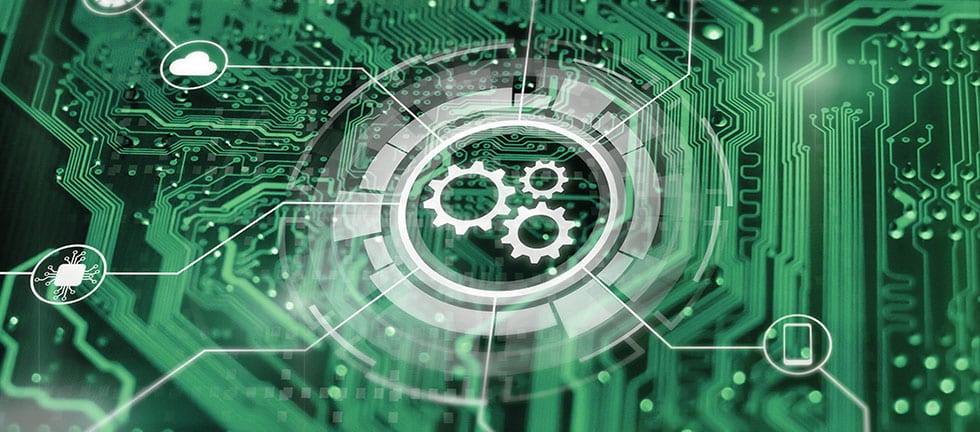
Simplify Your Auditing Process
User monitoring solutions help conduct audits and mitigate any data breaches by logging detailed, contextual, rich user activity data and sensitive information access. This makes staying compliant and running audits much easier, with real-time alerts to customizable reporting and dashboards. User activity data is collected continuously, and a data trail is available for audits and internal investigations.
Simplify Compliance Management With Veriato User Activity Monitoring
Smarter Auditing & Compliance
Reduce administrative burden of corporate or regulatory compliance and improve your audit readiness.
Veriato helps companies create a digital paper trail to ensure transparent and fair workplace investigations and simpler, faster audits.
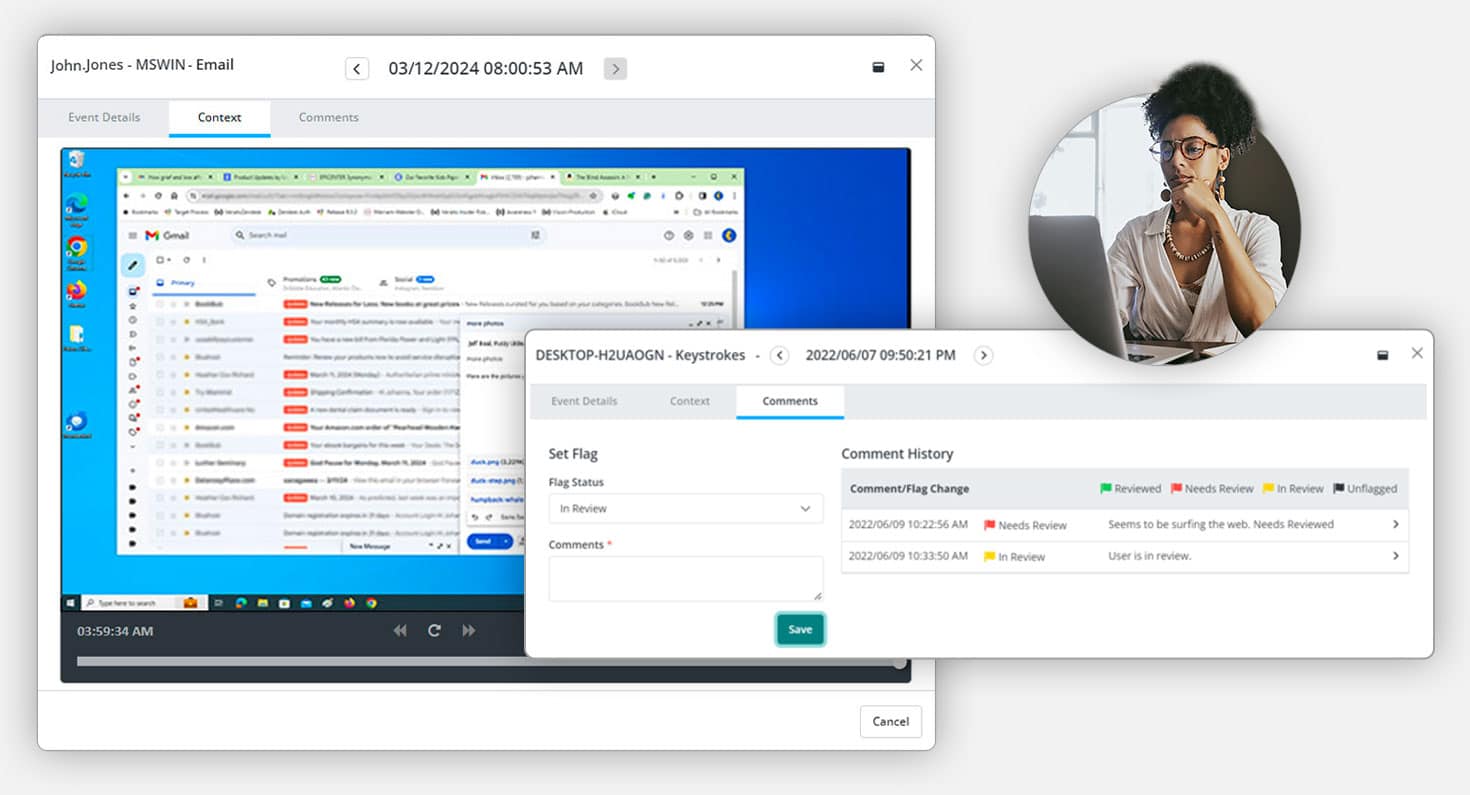
Email & Chat Monitoring
Capture communications activity in traditional email clients as well as many popular chat and messaging applications.
Web & Application Use
Assign productivity scores to websites, programs, and applications.
Screenshots
Choose between three types of screenshots: Continuous, Keyword Triggered and Activity Triggered.
Idle and Active Time Tracking
Track how many minutes an employee’s computer was idle or active during the workday.
File & Document Tracking
Track activities on local, removable, and cloud storage, as well as print operations. See when files are created, edited, deleted, or renamed.
Network Activity
Autonomously capture connections made by applications, including ports used and bandwidth consumed.
Fully Customizable Settings
Set flexible work hours by team/department and decide when tracking starts and ends throughout the day.
Reports & Real-Time Alert
Choose from many preset reports or customize your own. Set up real-time alerts that fit your productivity metrics.
Common Employee Monitoring Questions
What Is Compliance Monitoring?
Compliance monitoring is vital for organizations to ensure they meet legal, regulatory, and ethical standards. It involves ongoing review of internal operations to align with external laws and internal policies, covering everything from financial regulations and data privacy laws to sector-specific rules.
Its broad scope includes monitoring employee conduct and ensuring the integrity of transactions, presenting complex challenges for businesses regardless of their size.
The Key Features Of Our Audit & Compliance Solution
Reduce administrative burden of corporate or regulatory compliance and improve your audit readiness with:
- Email & Chat Monitoring: Capture communications activity in traditional email clients as well as many popular chat and messaging applications.
- Web and Application Use: Assign productivity scores to websites, programs, and applications.
- Screenshots: Choose between three types of screenshots: Continuous, Keyword Triggered and Activity Triggered.
- Idle and Active Time Tracking: Track how many minutes an employee’s computer was idle or active during the workday.
- File and Document Tracking: Track activities on local, removable, and cloud storage, as well as print operations. See when files are created, edited, deleted, or renamed.
- Network Activity: Autonomously capture connections made by applications, including ports used and bandwidth consumed.
- Fully Customizable Settings: Set flexible work hours by team/department and decide when tracking starts and ends throughout the day.
- Reports & Real-Time Alert: Choose from many preset reports or customize your own. Set up real-time alerts that fit your productivity metrics.
Why Is Compliance Monitoring Essential?
Legal Compliance
Compliance monitoring is essential because it ensures that organizations adhere to their industry’s complex laws and regulations. This proactive approach helps avoid legal pitfalls, fines, and penalties resulting from non-compliance, safeguarding the organization’s legal standing.
Protects Reputation
Maintaining a positive reputation is paramount for businesses. Compliance monitoring acts as a shield, preventing activities that could tarnish the organization’s image. By identifying and addressing compliance issues, organizations maintain trust with customers, partners, and stakeholders, which is vital for long-term success.
Financial Stability
Compliance monitoring directly impacts financial stability by identifying potential compliance gaps before they escalate into costly problems. Avoiding financial losses associated with legal disputes or regulatory fines is crucial for an organization’s economic well-being.
Data Security
Data breaches and leaks can lead to severe financial and reputational damage. Compliance monitoring plays a pivotal role in identifying and mitigating data security risks and ensuring the safe handling of sensitive information.
Adherence To Standards
Adherence to specific standards and best practices is a legal requirement and a competitive advantage in many industries. Compliance monitoring ensures that organizations consistently meet these standards, demonstrating their commitment to excellence.
Proactive Risk Mitigation
Compliance monitoring allows organizations to proactively identify and address compliance issues before they escalate into significant risks. This proactive approach minimizes potential disruptions to operations and financial stability.
How Are Data Protection And Compliance Monitoring Connected?
Understanding Data Security In Compliance
Data security is a critical component of compliance monitoring. Protecting sensitive information, whether it’s customer data, intellectual property, or employee records, is not just a technological requirement but a legal and ethical one. Compliance monitoring ensures that data handling practices align with regulations like GDPR, HIPAA, and others, depending on the industry and location.
Compliance Monitoring For Data Protection
Data protection monitoring involves implementing controls and processes to prevent unauthorized access, data breaches, and leaks. This includes monitoring access to sensitive data, tracking data movement within and outside the organization, and identifying any unauthorized or suspicious activities that could jeopardize data security.
Preventing Data Breaches Through Monitoring
Proactive monitoring plays a key role in preventing data breaches. Organizations can quickly identify and respond to security threats by continuously monitoring data access and usage. This proactive approach is far more effective in maintaining data security than reactive measures taken after a breach has occurred.
What Are The Core Challenges In Compliance Monitoring?
Privacy Issues And Employee Concerns
Compliance monitoring requires balancing employee privacy and oversight. Organizations must communicate clearly with employees about why and how they are being monitored, focusing on compliance and security, not personal activities, to build trust and address concerns.
Adapting To Regulatory Changes
Compliance regulations frequently change due to technology and societal shifts. Adapting to these changes involves revising policies, reconfiguring monitoring tools, and retraining employees, requiring vigilance and flexibility from organizations.
Integrating With IT Systems
Integrating new compliance tools with existing IT systems can be tricky. Compatibility and data integration are key issues, as new tools must work seamlessly with current systems and aggregate data from various sources for a complete compliance view.
Managing Complex Data
Dealing with different data types and compliance requirements can be complex. Organizations need sophisticated tools and strategies to ensure data accuracy and reliability while handling large volumes of data for compliance purposes.
Cost-Efficiency Balance
Creating and maintaining an effective compliance monitoring system can be costly. Organizations must balance comprehensive monitoring and budget constraints, ensuring that the investment yields returns in terms of avoiding penalties and improving operational efficiency.
How Do You Find The Right Monitoring Tool For Your Organization?
Choosing the right tools is vital for effective compliance monitoring. The tools should handle the organization’s specific data types and workflows. They should offer real-time monitoring capabilities, robust reporting features, and compliance with relevant regulations. Veriato’s solutions, for instance, provide comprehensive monitoring capabilities that can be tailored to various compliance needs. However the problem isn’t only in selecting the right tool but also in deploying it properly.
Deploying Compliance Management Software
Organizations navigate through intricate corporate and regulatory compliance demands and audits, such as GDPR, PCI DSS, HIPAA, among others. Not meeting these regulations can result in fines ranging from hundreds of thousands to millions of dollars. Compliance management tools simplify the process of monitoring compliance and, when required, demonstrating adherence.
Furthermore, as remote work becomes more common, data protection laws are becoming stricter and more complex. Software for employee monitoring and compliance management can observe user actions in real time, keep tabs on remote access, and instantly notify teams, regardless of their location.
User monitoring tools facilitate audits and prevent data breaches by recording comprehensive, detailed logs of user activities and access to sensitive information. These tools simplify compliance and auditing processes, offering features from real-time notifications to customizable reports and dashboards. They continuously gather user activity data, providing a traceable record for audits and internal probes.
Other Frequently Asked Questions
Can compliance monitoring aid in employee training and development?
Compliance monitoring can highlight areas where employees may need more training or awareness, especially regarding data security and ethical practices. Organizations can tailor their training programs to address these gaps by identifying common compliance issues.
What challenges do businesses face in implementing compliance monitoring?
Challenges include changing regulations, integrating monitoring tools with existing IT infrastructure, managing complex data, and ensuring cost efficiency. Businesses need to update their compliance strategies and choose adaptable monitoring solutions continuously.
How does compliance monitoring evolve with technological advancements?
As technology evolves, compliance monitoring tools adapt, incorporating advanced features like AI and machine learning for more effective monitoring. These advancements can enhance the accuracy and efficiency of compliance efforts.
How does compliance monitoring support remote or hybrid work environments?
In remote or hybrid work settings, compliance monitoring helps ensure that employees adhere to company policies and regulatory standards from any location. Tools like Veriato can monitor remote activities, ensuring consistency in compliance standards regardless of where employees work.
Is compliance monitoring effective in small businesses?
Yes, even small businesses can benefit from compliance monitoring. It helps them adhere to relevant laws and regulations, which is crucial for growth and avoiding legal issues. Solutions can be scaled to fit the size and specific needs of the business.
How does compliance monitoring integrate with other business systems?
Modern compliance monitoring tools can often be integrated with other business systems, such as HR software, ERP systems, and cyber security solutions. This integration allows for a more cohesive approach to compliance and streamlines various business processes.
Can compliance monitoring tools detect insider threats?
Compliance monitoring tools are designed to detect unusual or suspicious behavior that might indicate insider threats. They can track data access and transfers, flagging activities outside normal patterns.
How do organizations ensure compliance monitoring is not intrusive?
Organizations can ensure non-intrusiveness by clearly defining the scope of monitoring and focusing on professional activities and data security. Transparency with employees about monitoring practices and the use of less invasive monitoring methods also help.
Additional Compliance Resources

Redefining Accountability: How User Activity Monitoring Supports Remote Workforce Management
Key Takeaways Stop guessing and start guiding. UAM provides the visibility to act early and lead with confidence. Accountability that motivates. Use real insights to empower employees, not punish them. See the friction that’s slowing you down. Identify hidden...

Who Buys Insider Risk Management? A Business Case Across Roles
Key Takeaways: Insider Threats Are a Business Risk, Not Just a Security Concern Seventy-four percent of cybersecurity incidents originate from within the organization. Insider Risk Management (IRM) platforms help identify risks early before they escalate into...
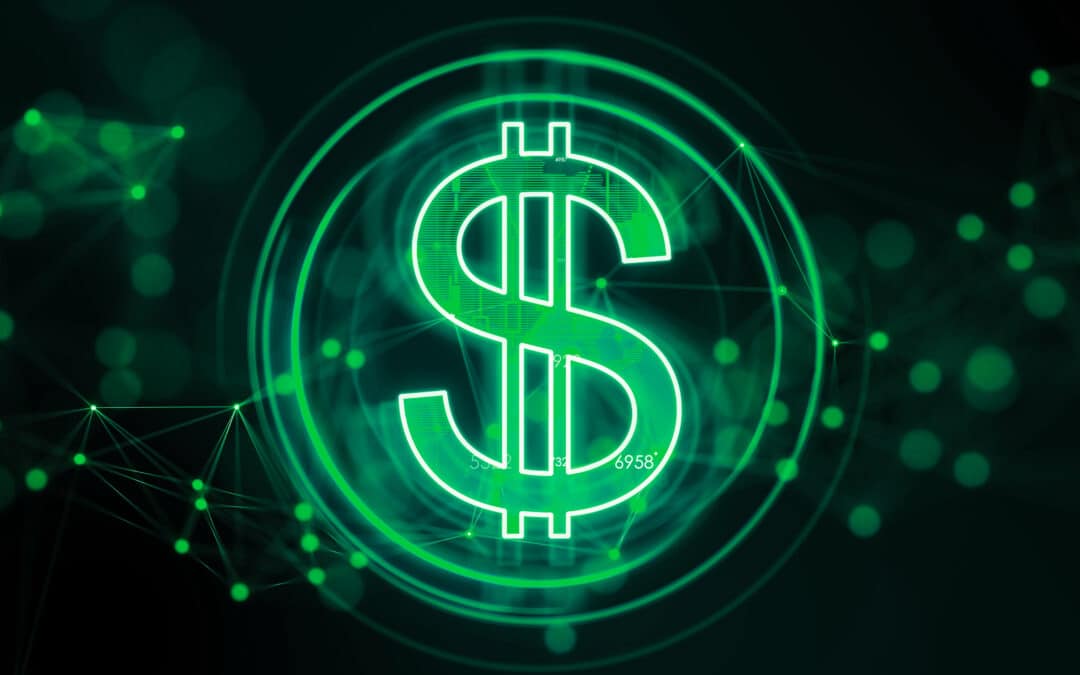
Protecting Client Data: How User Activity Monitoring (UAM) Supports Compliance in Financial Services
Key Takeaways: UAM supports—but does not replace—regulatory compliance. It provides compliance, HR, and legal teams with detailed user activity logs that help demonstrate the enforcement of internal controls. Granular visibility helps protect client data. UAM...

